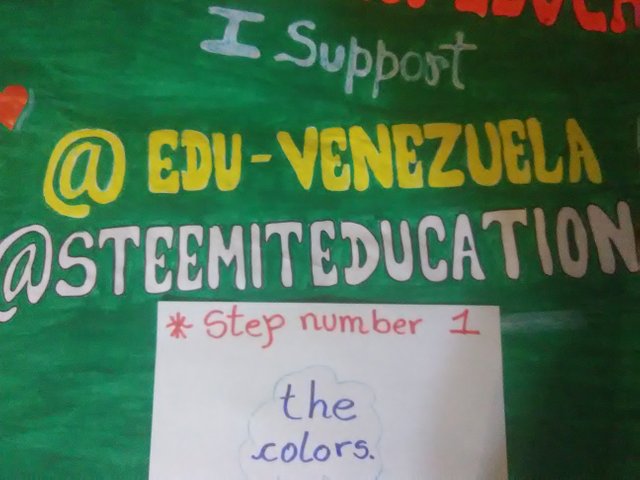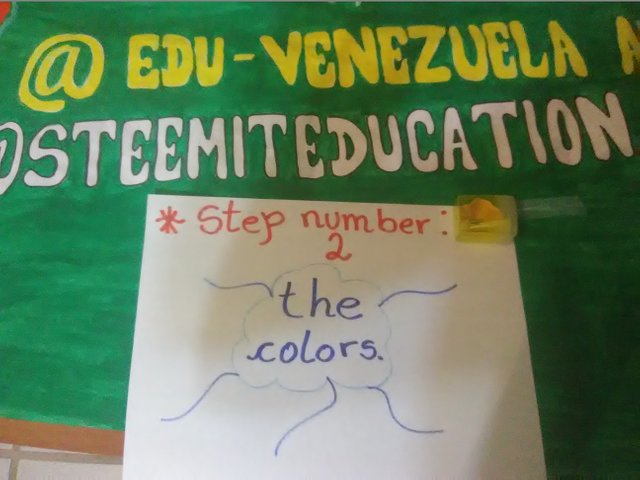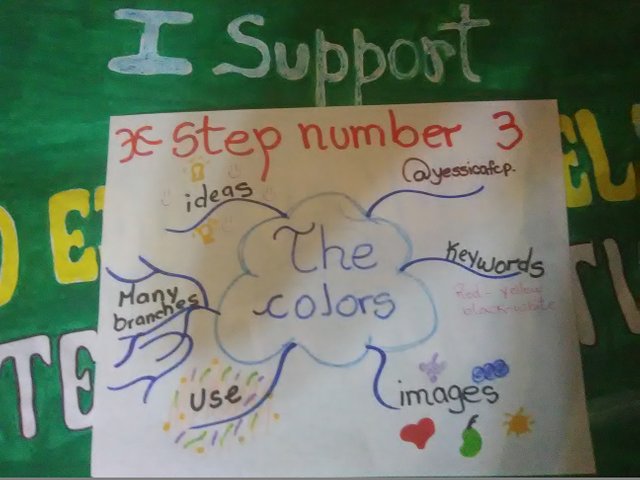The mental map as a study technique to improve and facilitate learning for students.
A mind map is an educational resource that students use to make presentations, tasks and summaries, with the aim of facilitating the learning of various topics. Using the mind map as an educational strategy allows the student to:
- Memorize the information in an easier way,
- Organize the ideas and thoughts, and break down the analysis in a simpler way.
In the mind map we can transform the ideas we have about a certain subject into images, short words, colors, which will make the learning process easier for the brain.


- The mind map is a resource that allows the student to learn using the two hemispheres of the brain: "LEFT AND RIGHT HEMISPHERE". Studying with both hemispheres enhances the ability of the brain to perceive, process and organize information allowing the acquisition of new knowledge.
The left hemisphere is in charge of processing all verbal and reasoning expression by reading the symbols and images, and the right hemisphere is in charge of processing the creative side in all its expression forms.
- The mind map breaks with the tedious paradigms of studies and with the new combination of symbols, colors and words facilitates the memorization of different themes.
What takes a long time to learn with a simple sheet of paper full of words can be learned in a short time using an elaborate mind map.
The main idea of the theme will always be centered around the central theme, allowing the individual to maintain the focus of the theme, and not lose the essence of the study.
Mental maps will help the student to improve his memory, to retain information for a long time, to develop his thinking and to expand his mental structure.
✎ ✎ ✎ ✎ ✎ ✎ ✎ ✎ ✎ ✎ ✎ ✎ ✎ ✎ ✎ ✎ ✎ ✎ ✎ ✎ ✎ ✎ ✎ ✎ ✎ ✎ ✎ ✎ ✎ ✎ ✎ ✎ ✎

(Photo of my authorship)
✎ Steps to make a mind map:


(Photo of my authorship)
(Photo of my authorship)
❸

(Photo of my authorship)
✔ Suggestions:
- Use keywords that allow you to remember important facts.
- Use images all around the mind map, alluding to the theme being developed.
- Use different colours as this stimulates creativity and memory , and gives life to the laminate.
- Use many branches if necessary to cover the whole topic.
- A mind map can have interesting and creative details, you can capture all the ideas you have.
✎ ✎ ✎ ✎ ✎ ✎ ✎ ✎ ✎ ✎ ✎ ✎ ✎ ✎ ✎ ✎ ✎ ✎ ✎ ✎ ✎ ✎ ✎ ✎ ✎ ✎ ✎ ✎ ✎ ✎ ✎ ✎ ✎
Tony Buzan, (Psychologist and teacher), creator of the mental maps, recommends that the mental maps should be made by the same person who is going to study them, because this helps him to remember better the information on the sheet of paper applying the rule "1+", TO SAY, TO USE LOTS OF COLOUR, TO BE CREATIVE AND TO LET THE IMAGE FLY, to achieve the desired results.
Source of information:
For a better education I support @steemiteducation and @edu-venezuela.


I love mental maps! I used to do them all the time in school and even in college. This is a great explanation of what they are and what benefits they have! 💚
If you would like to support the educational community by delegating to @steemiteducation, please click on any of the following links. This will ensure that more teachers are supported on a daily basis.
100SP;200SP;300SP;400SP;500SP;750SP;1000SP;2000SP;3000SP;4000SP;5000SP;10,000SP;25,000SP